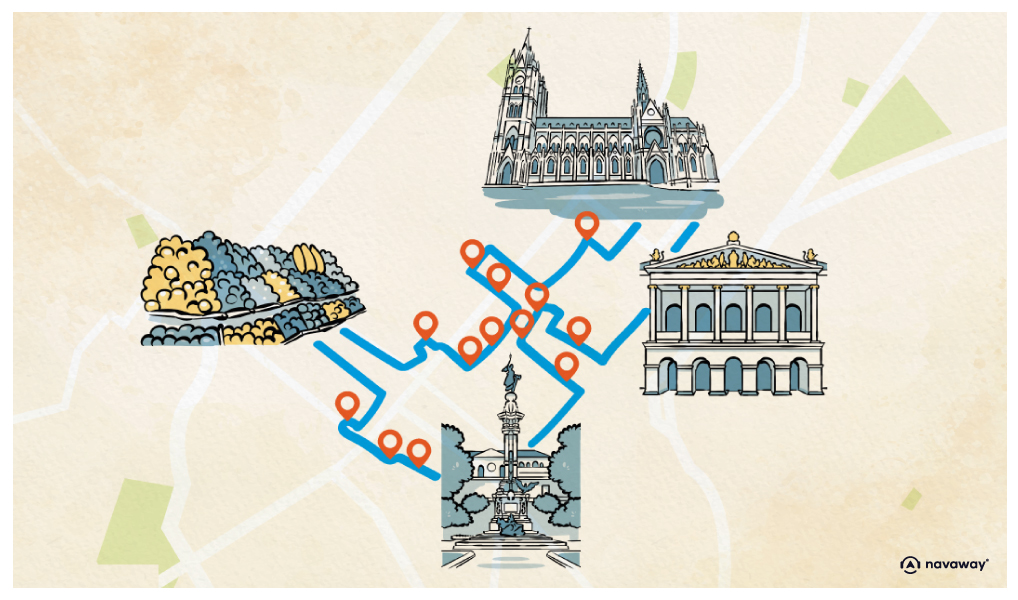
Carondelet Palace
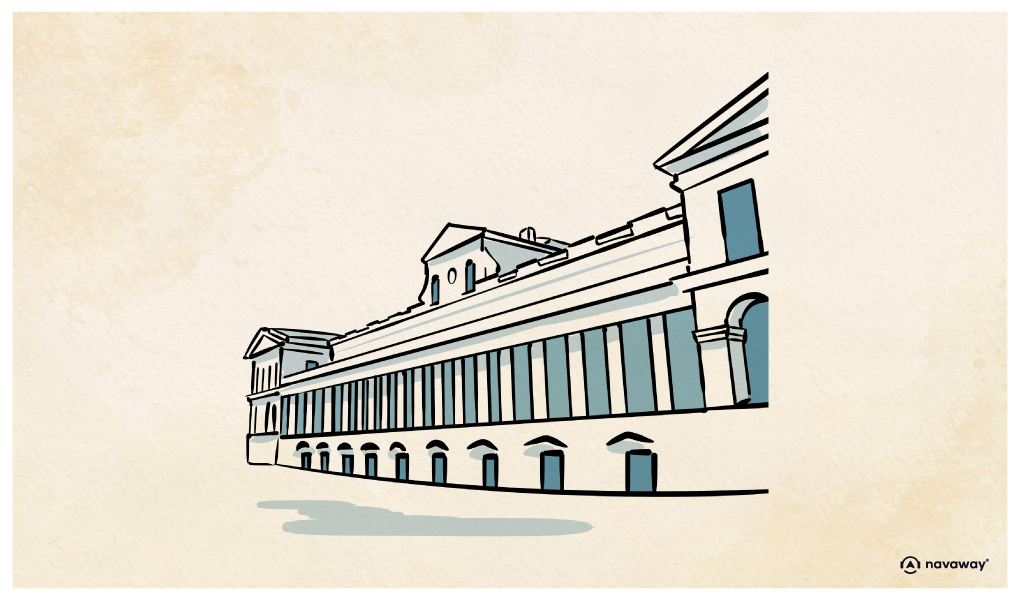
This point of interest is available as audio on the tour: Visit Quito, Lost in the Andes
The Carondelet Palace, bordering Independence Square, is Ecuador’s official presidential residence. Back in colonial times, it was the seat of the Royal Audience and the main hub of civil and military power in the region. The “Audiencia Real,” or Royal Audience, was one of several institutions created by the Spanish Crown to impose its authority across its vast overseas territories, known collectively as the Viceroyalty of Peru. After the fall of the Incan Empire and the capture of Cuzco by the conquistadors, internal rivalries among the Spanish forces led King Charles I of Spain to establish a legal system called the “Laws of the Indies.” These laws introduced a hierarchy that included a Viceroy at the top, along with nine Royal Audiences spread across the continent to carry out the king’s absolute rule. There was one in Panama City, one in Bogotá, Quito, Lima, Sucre, Santiago, Concepción, and Buenos Aires. At its height, this empire spanned almost the entire South American continent, except for Venezuela and the eastern region we now know as Brazil, which was controlled by Portugal at the time. It was essential for the viceroyalty to properly delegate authority on such a massive scale. In Quito, the first royal buildings were established around 1570. But when the Figueroa Palace on Plaza Grande went up for sale, the Crown seized the opportunity and moved its operations right into the heart of the city. Over time, the palace absorbed neighboring buildings and underwent numerous renovations. In 1799, Baron de Carondelet arrived as president of the Royal Audience and gave the palace its current layout. Two years later, he hired Antonio Garcia (the same architect behind several major landmarks) to redesign both the palace and the cathedral across the square. From then on, the palace became the backdrop for Ecuador’s biggest political milestones: the first independence movements, the Spanish reconquest, the second war of independence, and later, the foundation of the Republic. When Juan José Flores was elected as Ecuador’s first president in 1830, he chose to install his government here as a powerful symbol of national unity. Ever since, the Carondelet Palace has stood at the center of Ecuador’s political life. President Gabriel García Moreno was assassinated here in 1875, where several coups that would go on to shape the nation’s history also unfolded. If you’re interested in Ecuador’s complex political journey, the palace is absolutely worth a visit. Behind its elegant neoclassical facade, you’ll find official government offices, beautifully decorated reception rooms, and the Presidential Museum. The museum displays works by Ecuadorian artists and showcases diplomatic gifts presented to the head of state. One standout piece is a mural by the famous artist Oswaldo Guayasamín, depicting Francisco de Orellana’s 1542 expedition : the first European journey down the Amazon River in search of gold.


Discover Quito with app
An interactive guide through the most beautiful streets, squares, and districts
19 fun audioguides full of historical facts, anecdotes, and legends
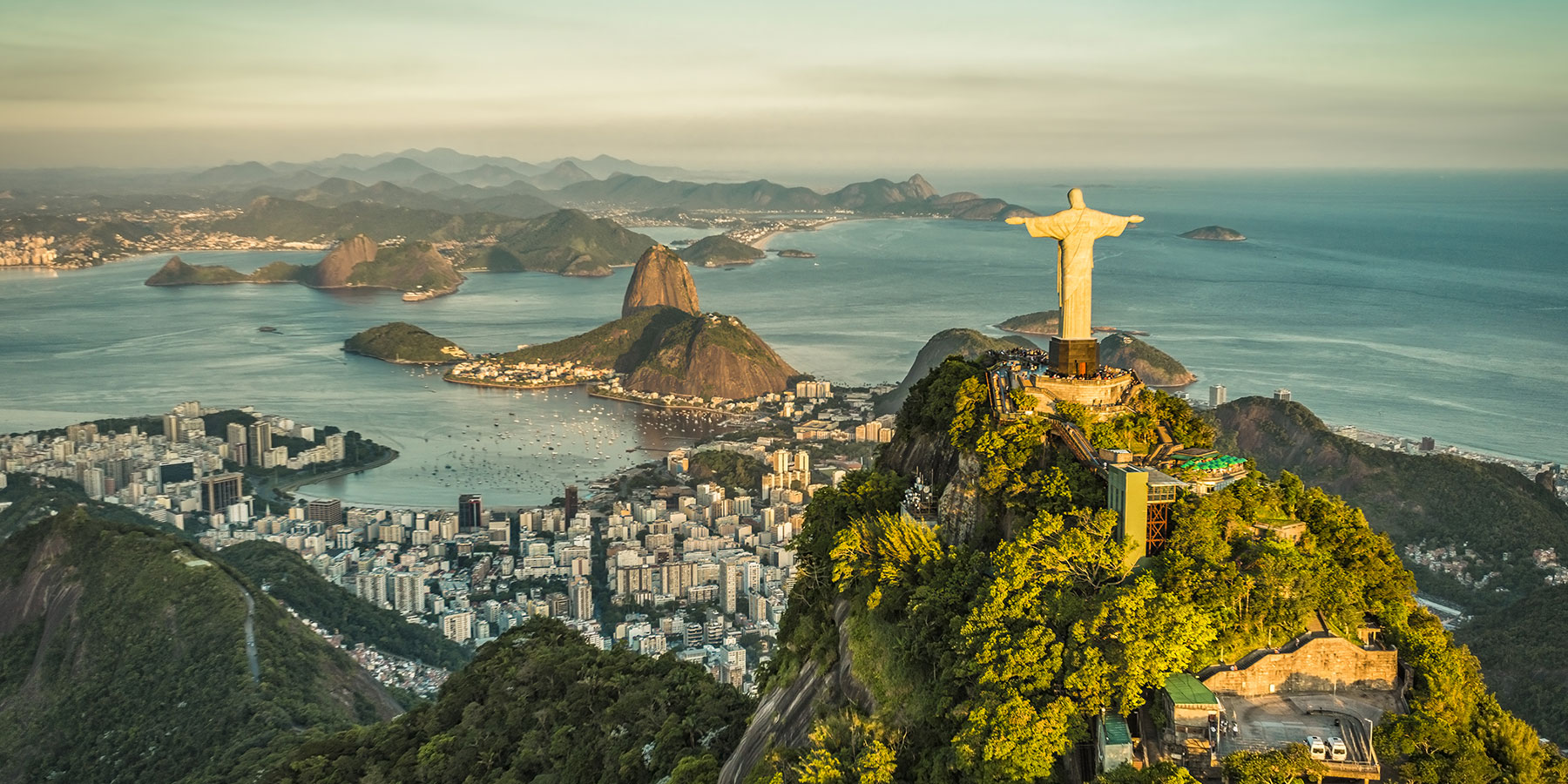
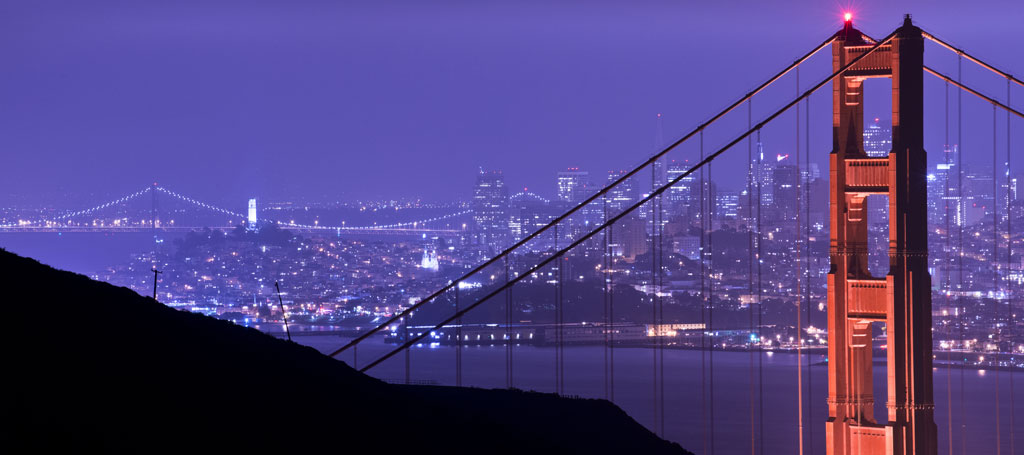
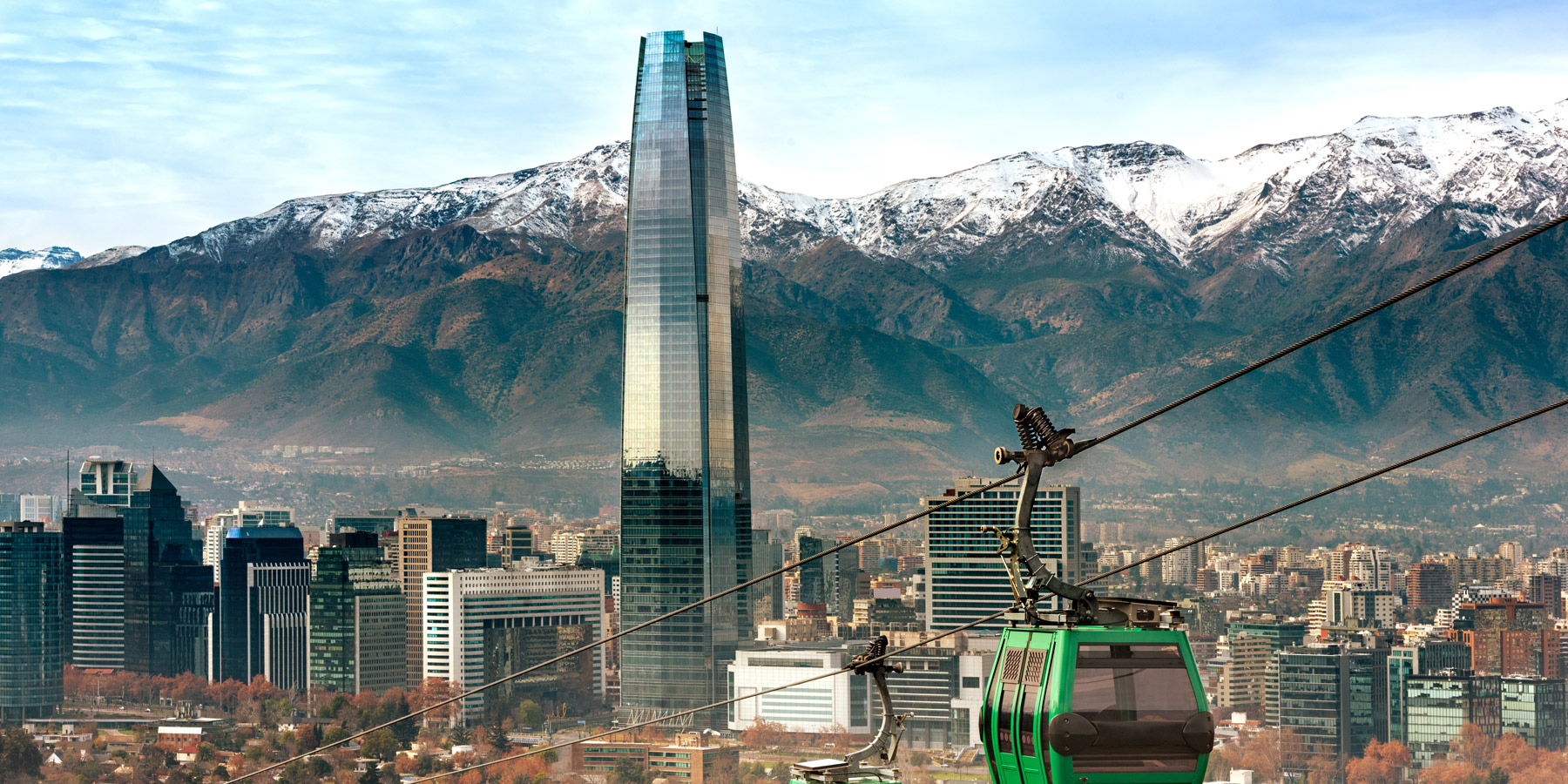
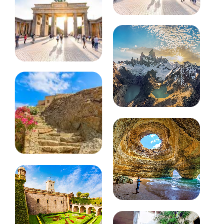

Comments